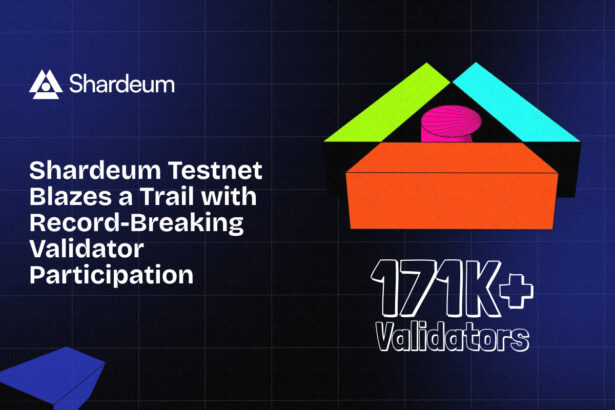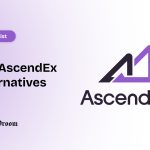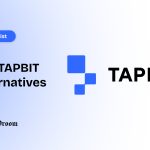Shardeum, the ambitious Layer 1 blockchain focused on autoscaling without sacrificing decentralization, has concluded its testnet phase with a resounding success, setting a new benchmark amongst upcoming L1s.
Our analysis reveals that Shardeum’s testnet has not only demonstrated impressive technical capabilities but has also garnered significant community support, positioning it as a highly anticipated network ahead of its phased mainnet launch on April 15, 2025.
Shardeum embarked on its journey to solve the blockchain trilemma – scalability, security, and decentralization – with a novel approach incorporating dynamic state sharding. To rigorously test its architecture and engage the community, Shardeum rolled out a series of testnets, including the Alphanet “Liberty,” Betanet “Sphinx,” and the most recent four-stage Incentivized Testnet (ITN) “Atomium”.
Accessibility at the Core of Validator Success
The results, as highlighted in Shardeum’s official communications, are nothing short of remarkable:
- Over 171,000 total validators participated across all testnets, marking the highest number of physically run nodes ever recorded for a Layer 1 testnet. This staggering figure underscores Shardeum’s commitment to decentralization, with participants running real, physical machines globally, rather than concentrated validator keys pooled on cloud instances.
- The network processed over 81 million transactions during its testnet phase, demonstrating its potential for high throughput.
- More than 1.2 million wallets were created, indicating substantial grassroots adoption and user interest.
- The Incentivized Testnet (Atomium) alone saw over 60 million transactions processed by over 52,000 active validators.
Shardeum’s highly successful testnet proves that a high-performance, decentralized, and cost-efficient blockchain is possible. It is also a testament to community-driven ecosystems and the importance of decentralized and open-source participation.
Srini Parthasarathy, Shardeum’s CTO
A key factor contributing to this impressive validator participation is Shardeum’s low barrier to entry for running a node. The technical requirements are modest (e.g., 250 GB SSD, quad-core CPU, 16 GB RAM), and the node setup process can be completed with a single command in under a minute. This accessibility is particularly significant in emerging markets, fostering broader participation and reinforcing network decentralization.
Learn more and officially participate in the Shardeum token sale.
Backed by Industry Giants and a Thriving Community
Shardeum’s testnet success also builds upon significant backing from top-tier investors such as Struck Crypto, Big Brain Holdings, Arrington Capital, Jane Street, Amber Group, and Balaji Srinivasan. Furthermore, the project has cultivated a massive global community, boasting over 360,000 Twitter followers and 700,000 Discord members, signifying strong grassroots support.
Conclusion
As Shardeum gears up for its phased mainnet rollout starting April 15, 2025, the remarkable achievements of its testnet phase provide a strong foundation and generate considerable anticipation.
The project has demonstrated a strong ability to attract a globally distributed validator community. This, along with its substantial transaction volume and permissionless architecture, strengthens its credibility. Together, these factors position Shardeum as a unique and differentiated player in the Layer-1 landscape.
The Web3 community will be keenly observing whether Shardeum can translate this testnet momentum into a successful and impactful mainnet.




















